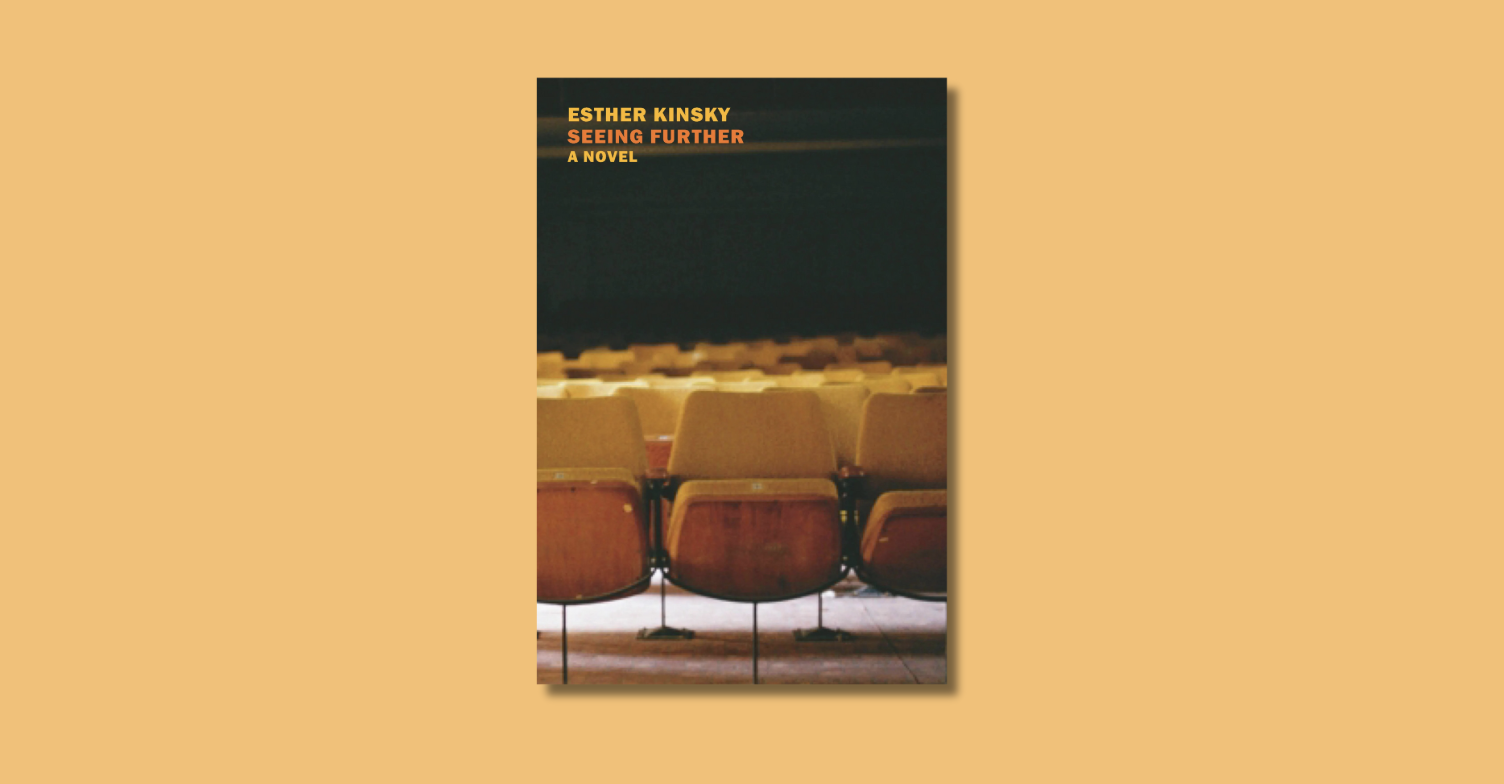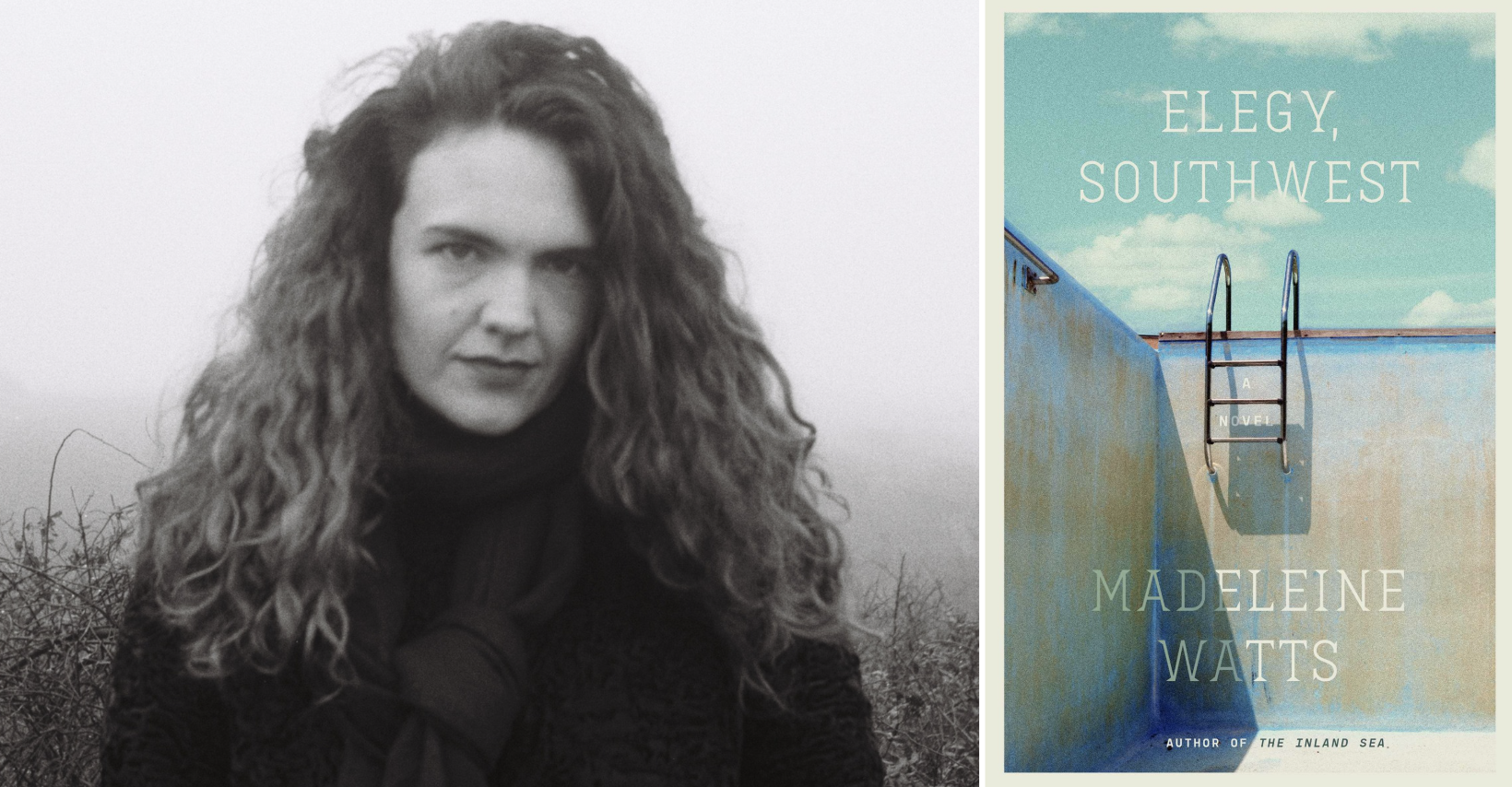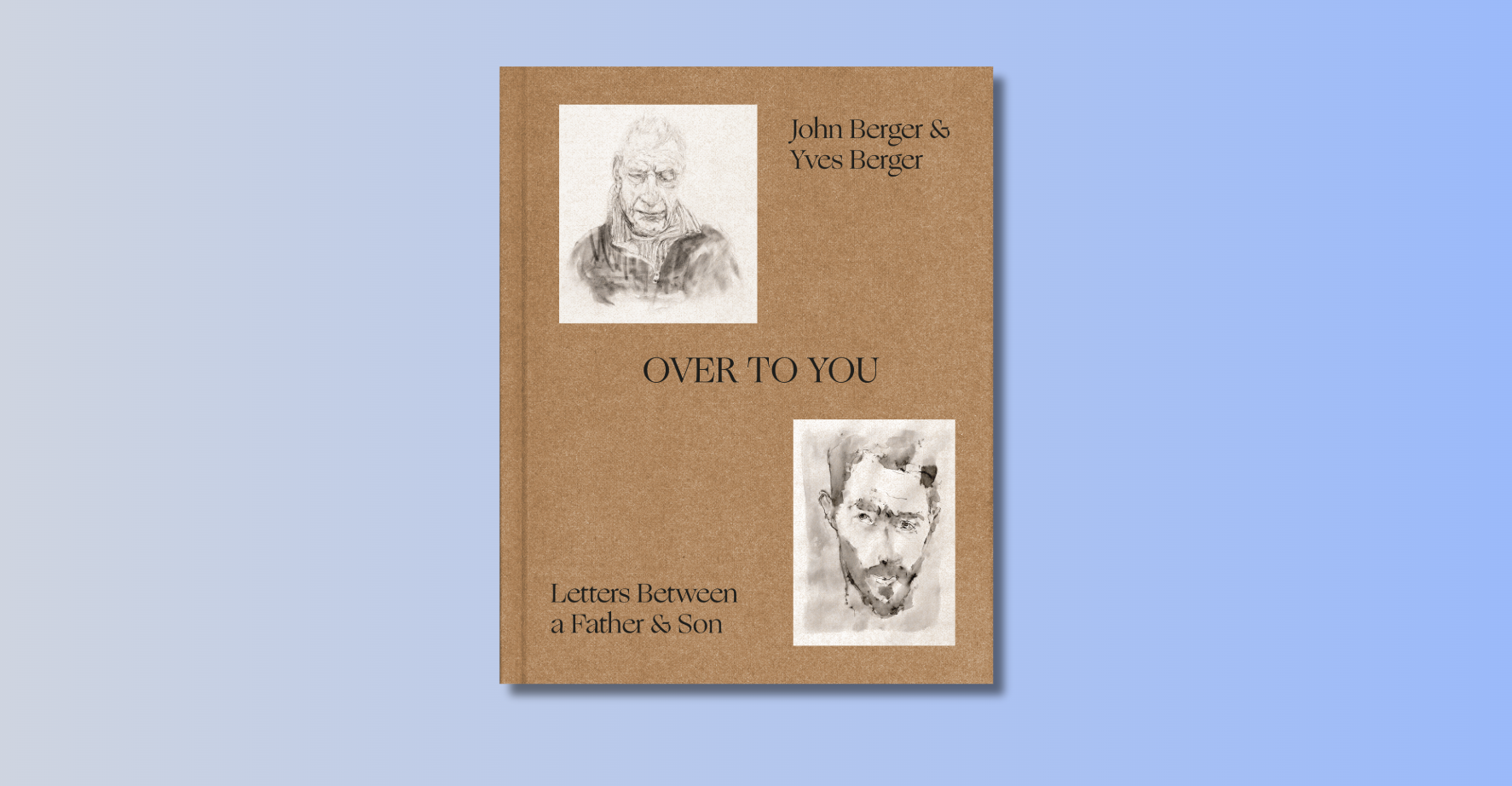Some of you may know that I’m currently up to my ears in grad school applications. Luckily, posting on The Millions has a salutary effect on me, and also, I just finished a book, so I need to write about it. Jamesland opens with Alice, great-granddaughter of philosopher William James, having an odd waking dream of a deer in her house. Alice fixates on the deer as a portent of a coming change in her life, and the very next day her life begins to change slowly and inexorably. The book does not dwell on the supernatural, though it does have a bemused dialogue with the otherworldly throughout. Mostly it is about three forty-somethings whose social and professional lives are deteriorating and reconfiguring. I’d call it a mid-life crisis, but these characters have that quality, peculiar to Californians, of being youthful, unserious adults. The book is mostly set on the East Side of Los Angeles in neighborhoods that I know well. It was great to read a book that addresses a somewhat larger Los Angeles than usual. Movie stars are around, and Hollywood is nearby, but they are just parts of the great stew of the city, things that are noticed but after a while not accorded any greater importance than things like Griffith Park or the LA River. The only other book that I have read that successfully turns LA’s flashy side into just another bit of peripheral scenery is T.C. Boyle’s The Tortilla Curtain. Huneven is well-known in Los Angeles as the food critic for the LA Weekly, and the way she writes about food in this book is magnificent. Pete (who along with Helen, a modern sort of minister, are the other two wayward adults) is a former near-celebrity chef who is recovering from a nervous breakdown, suicide attempt combo. His character is both abrasive and charming, the type of person who makes you nervous the moment he steps into the room. As he coaxes himself back into the functioning world, he takes up cooking again, and this is the venue for Huneven’s descriptions of foods. It was nice to see that Huneven did not place this book firmly in the world of food and restaurants in the way that many writers tend to crib from their day jobs. Instead, Huneven manages to weave her knowledge skillfully into the larger narrative. The book itself is a rather satisfying meal, best taken over a few languorous days on a sunny balcony or sitting on a park bench.








